The folkloric essence of national music schools has long been a cornerstone of cultural identity, weaving the raw, untamed spirit of traditional melodies into the refined tapestry of classical composition. From the rugged landscapes of Norway to the sun-drenched plains of Spain, composers have drawn upon the rich veins of indigenous music to create works that resonate with both local pride and universal appeal. This alchemy of folk inspiration and artistic innovation has given rise to some of the most evocative pieces in the classical repertoire, where the soul of a people finds voice through the language of music.
At the heart of this movement lies a profound reverence for the past. Folk tunes, passed down through generations, carry within them the whispers of history—the joys, sorrows, and struggles of ordinary lives. When composers like Béla Bartók ventured into remote villages with wax cylinders to record peasant songs, they were not merely collecting melodies; they were preserving a vanishing world. These field recordings became the raw material for compositions that would later astonish concert halls, transforming shepherd's flutes and rustic dances into sophisticated symphonic works.
The process of refining folk materials into art music requires both sensitivity and boldness. A simple modal tune, perhaps pentatonic in structure, might undergo harmonic expansion while retaining its earthy character. Rhythms that once accompanied work songs or ceremonial dances find new life in complex meters, challenging performers and audiences alike. The genius of composers like Antonín Dvořák was their ability to maintain the infectious vitality of folk idioms while elevating them through masterful orchestration and formal development.
Nationalist composers often employed distinctive folk instruments to create authentic textures. The cimbalom's metallic shimmer in Zoltán Kodály's works immediately evokes Hungarian taverns, just as the nasal twang of the hardanger fiddle in Edvard Grieg's pieces conjures Norwegian fjords. These timbral choices went beyond mere exoticism—they embedded the music with geographic and cultural DNA, allowing listeners to traverse landscapes through sound. Even when writing for conventional orchestras, composers simulated folk timbres through innovative playing techniques, like col legno bowing to mimic wooden percussion.
The political dimension of this musical movement cannot be overlooked. During the 19th century, as European nations struggled for independence from empires, folk-based composition became an act of cultural resistance. Bedřich Smetana's Má vlast (My Homeland) articulated Czech identity under Habsburg rule through river motifs and village polkas, while Finland's Jean Sibelius encoded national myths in kalevalaic melodies. This repertoire often walked a tightrope between celebration and propaganda, between authentic expression and constructed tradition.
Contemporary composers continue this dialogue with folk sources, though their approaches reflect modern sensibilities. Some, like Estonia's Arvo Pärt, distill folk elements into minimalist meditations; others, like Argentina's Osvaldo Golijov, create vibrant fusions with jazz and electronic elements. The digital age has paradoxically both globalized and localized this process—field recordings from obscure traditions now circulate worldwide, while software allows unprecedented manipulation of acoustic folk material. What remains constant is the transformative power of these musical encounters, where ancient and modern, local and universal, find common ground in the universal language of sound.
Ultimately, the national music movement demonstrates how art grows most vital when rooted in specific soil. Like vines drawing nutrients from particular terrains, these compositions gain distinctive flavors from their folk origins while reaching for the sunlight of broader recognition. The peasant song becomes a passport, carrying listeners across borders even as it whispers of home. In an increasingly homogenized world, this music reminds us that true universality emerges not from erasing differences, but from celebrating them with technical mastery and emotional honesty.

By /Jul 25, 2025

By /Jul 25, 2025

By /Jul 25, 2025
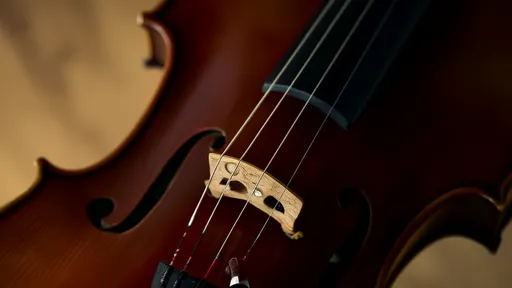
By /Jul 25, 2025
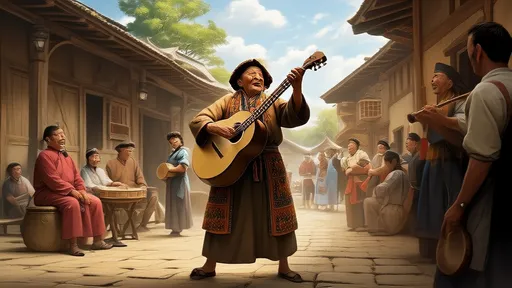
By /Jul 25, 2025

By /Jul 25, 2025

By /Jul 25, 2025
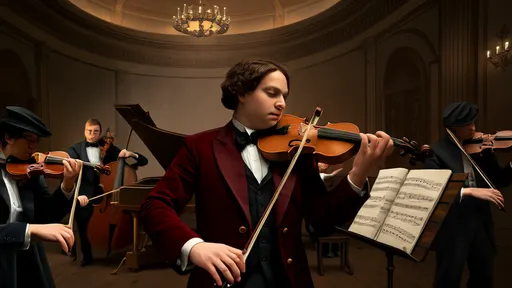
By /Jul 25, 2025
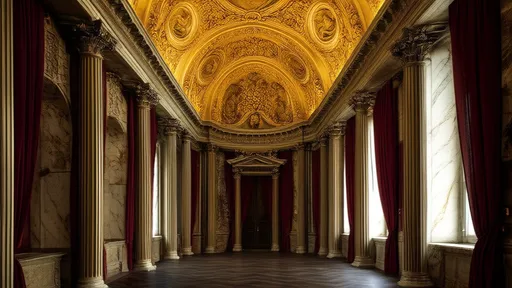
By /Jul 25, 2025
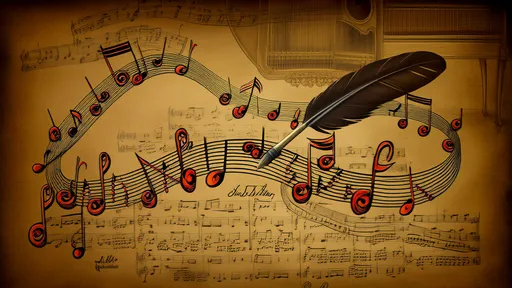
By /Jul 25, 2025
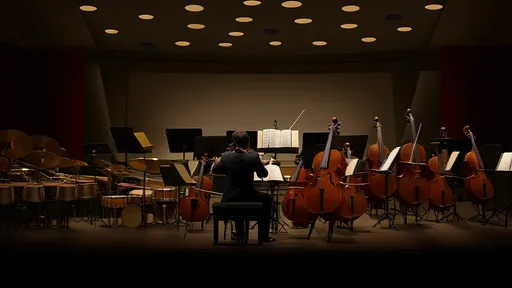
By /Jul 25, 2025

By /Jul 25, 2025

By /Jul 25, 2025
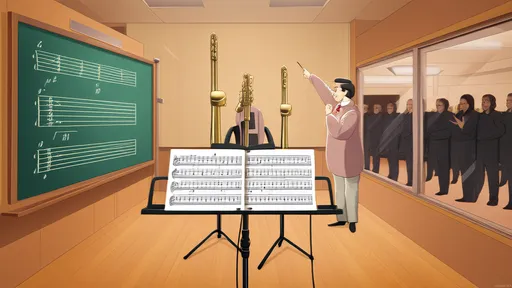
By /Jul 25, 2025

By /Jul 25, 2025

By /Jul 25, 2025
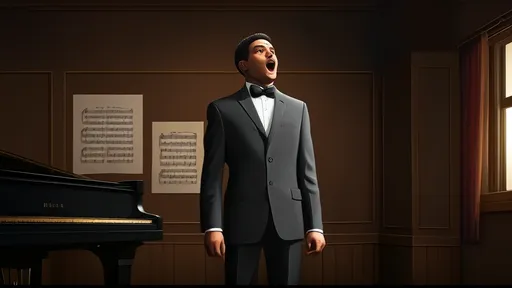
By /Jul 25, 2025

By /Jul 25, 2025

By /Jul 25, 2025
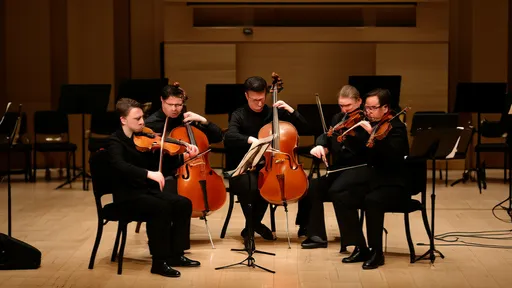
By /Jul 25, 2025